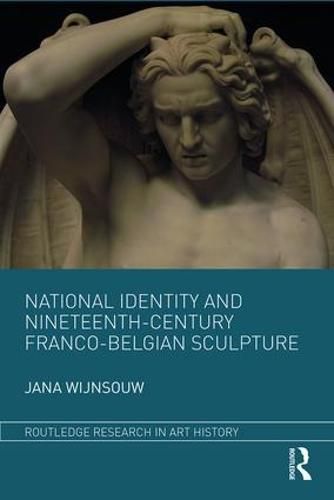Readings Newsletter
Become a Readings Member to make your shopping experience even easier.
Sign in or sign up for free!
You’re not far away from qualifying for FREE standard shipping within Australia
You’ve qualified for FREE standard shipping within Australia
The cart is loading…






This book elaborates on the social and cultural phenomenon of national schools during the nineteenth century, via the less studied field of sculpture and using Belgium as a case study. The role, importance of, and emphasis on certain aspects of national identity evolved throughout the century, while a diverse array of criteria were indicated by commissioners, art critics, or artists that supposedly constituted a national sculpture. By confronting the role and impact of the four most crucial actors within the artistic field (politics, education, exhibitions, public commissions) with a linear timeframe, this book offers a chronological as well as a thematic approach. Artists covered include Guillaume Geefs, Eugene Simonis, Charles Van der Stappen, Julien Dillens, Paul Devigne, Constantin Meunier, and George Minne.
$9.00 standard shipping within Australia
FREE standard shipping within Australia for orders over $100.00
Express & International shipping calculated at checkout
This book elaborates on the social and cultural phenomenon of national schools during the nineteenth century, via the less studied field of sculpture and using Belgium as a case study. The role, importance of, and emphasis on certain aspects of national identity evolved throughout the century, while a diverse array of criteria were indicated by commissioners, art critics, or artists that supposedly constituted a national sculpture. By confronting the role and impact of the four most crucial actors within the artistic field (politics, education, exhibitions, public commissions) with a linear timeframe, this book offers a chronological as well as a thematic approach. Artists covered include Guillaume Geefs, Eugene Simonis, Charles Van der Stappen, Julien Dillens, Paul Devigne, Constantin Meunier, and George Minne.